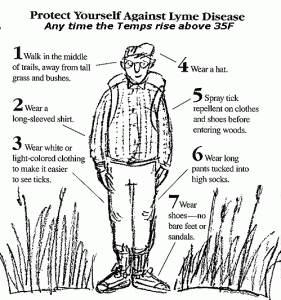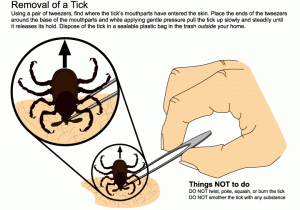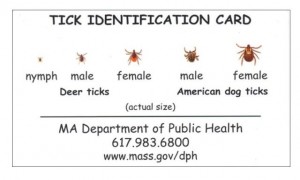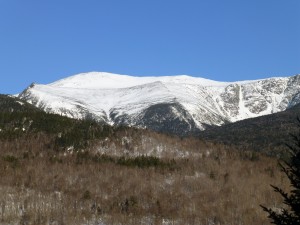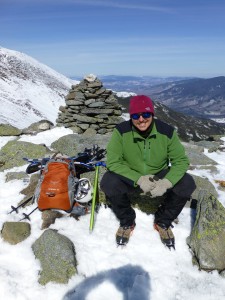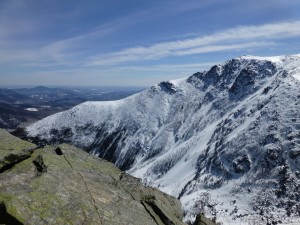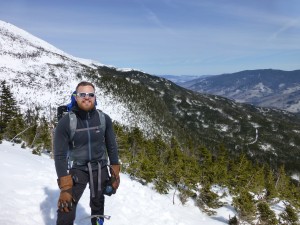Discovered: Prehistoric Caribou Hunting Structure Beneath Lake Huron
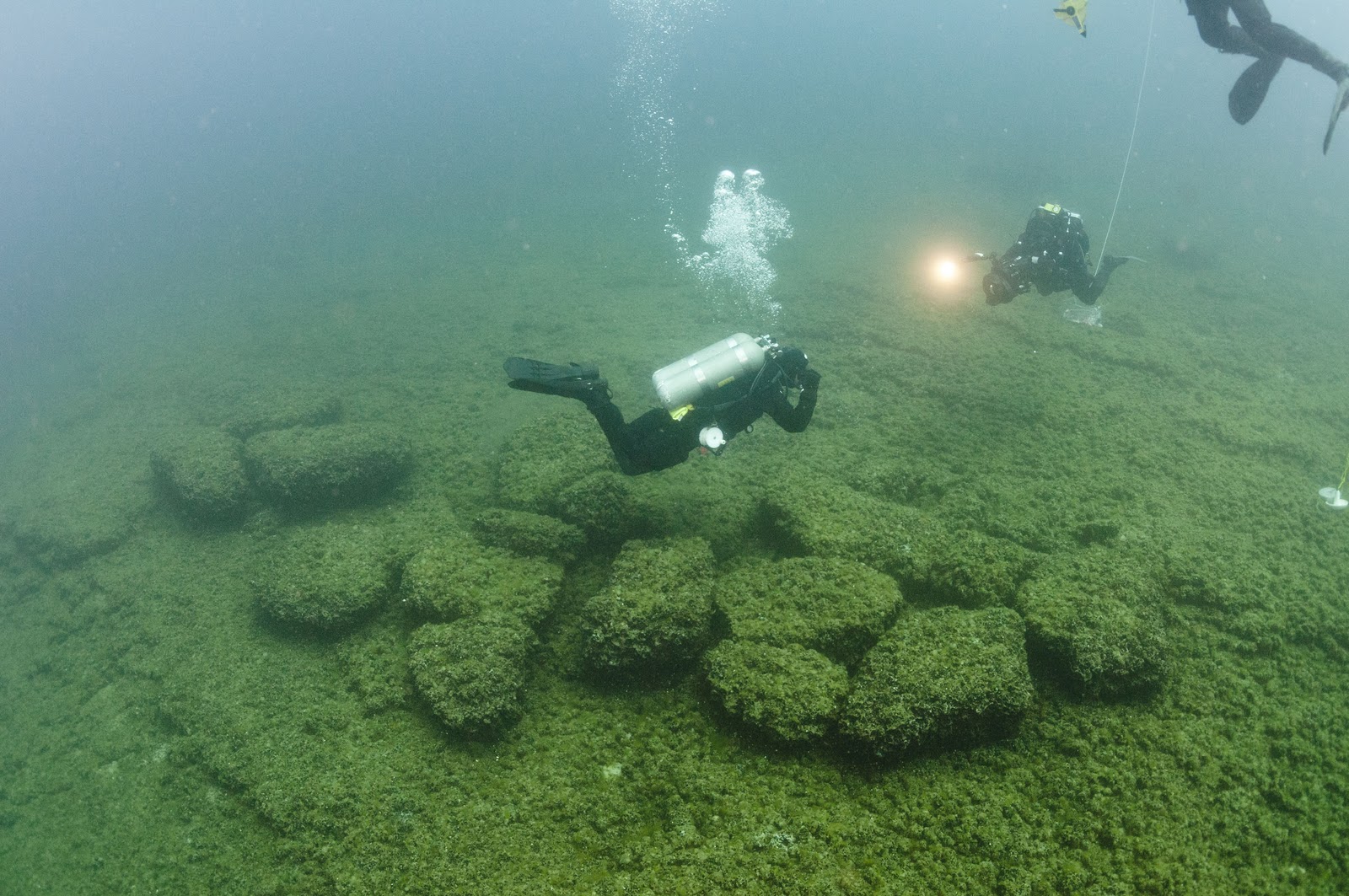
“An elaborate array of linear stone lanes and V-shaped structures has been discovered on an underwater ridge in Lake Huron, marking what is thought to be the most complex set of ancient hunting structures ever found beneath the Great Lakes, according to a new report.
Researchers based at the University of Michigan think the roughly 9,000-year-old-structure helped natives corral caribou herds migrating across what was then an exposed land-corridor — the so-called Alpena-Amberley Ridge — connecting northeast Michigan to southern Ontario. The area is now covered by 120 feet (347 meters) of water, but at the time, was exposed due to dry conditions of the last ice age.”
Much like our previous post about the Mule Deer migration in Wyoming, this is another topic that shows us that, even when we think we know all there is to know, there are still things that are hidden and waiting to be discovered.
As has often been attributed to Carl Sagan: “Somewhere, something incredible is waiting to be known.”
For additional information check out the University of Michigan (whose faculty were integral to the discovery) and Science World Report.
Discovered: Longest Mammal Migration in the Lower 48
“When wildlife biologist Hall Sawyer strapped radio collars to dozens of mule deer wandering southwestern Wyoming’s Red Desert in January 2011, he thought the humble animals were as rooted as the landscape’s windblown sage, low hills and staked fence posts.
Then the deer vanished out of radio range.
He chartered a plane to search all of western Wyoming. When the pilot found them, Sawyer was amazed. In just a few months, hundreds of Red Desert deer had walked more than 150 miles north into the craggy mountains south of Yellowstone National Park. Their trek, a 300-mile round trip, marks the longest known migration of any mammal in the contiguous United States.” – From Revealed: Biologists discover longest mammal migration in Lower 48 by Nate Schweber
For more information, see the article at article at Al Jazeera America and the Wyoming Migration Initiative.
Go inside ‘The Bunker’ underneath the Holyoke Range
The Notch Bunker from WGBY on Vimeo.
Ever since I heard about the bunker beneath Bare Mountain in the Holyoke Range I’ve been intensely curious about it; my imagination has filled in the gaps and holes carved out back in the 1950s.
Imagine my excitement when I came across this article and video about the bunker produced by local T.V. station WGBY.
Check it out for a dose of local history; enjoy!
Suggested Reading: “Reading the Forested Landscape” by Tom Wessels
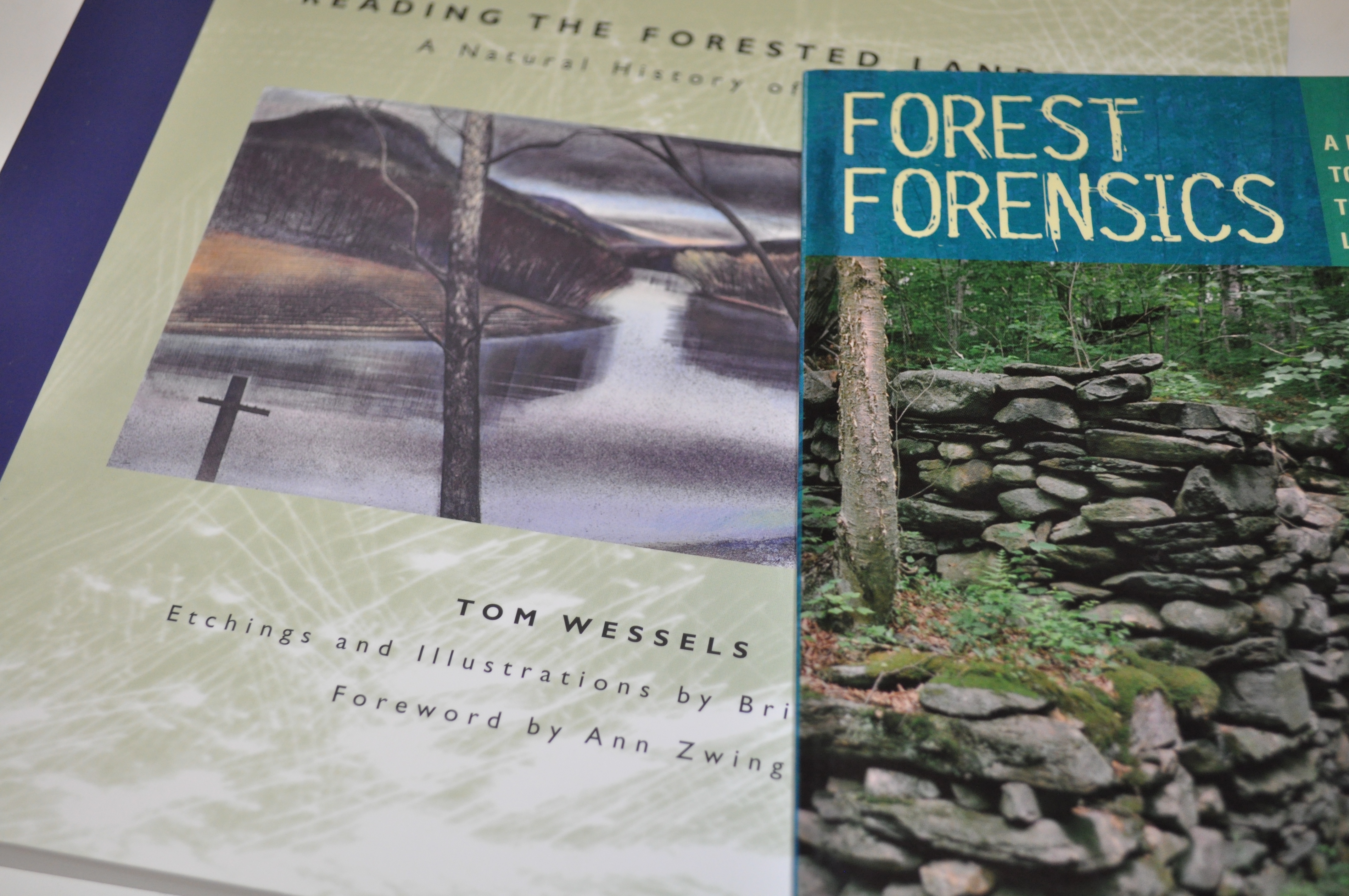
A couple of years ago while browsing in my local bookstore, Broadside Bookshop, I came across Reading the Forested Landscape by Antioch University New England faculty-member Tom Wessels. Intrigued by its concept, and always eager to add to my small library of natural history and ecology books, I picked up a copy.
What at first seemed liked just another nature-y book turned out to be so much more. Rather than take the more conventional and microcosmic approach of identifying a single tree, track, or species, Wessels seeks to understand the macrocosmic view of landscapes and ecosystems as a whole, and also through time.
Put another way, Tom Wessels tracks landscapes.
This book is a must have for any nature enthusiast, tracker, hiker or backpacker, birder, hunter, forester, etc. If you pick up a copy, it will almost certainly change the way you look at the woods and world around you forever.
And, if you’re interested in an introduction to tracking, or in honing your skills, check out our program The First Science: The Art of Animal Track and Sign.
Radiolab
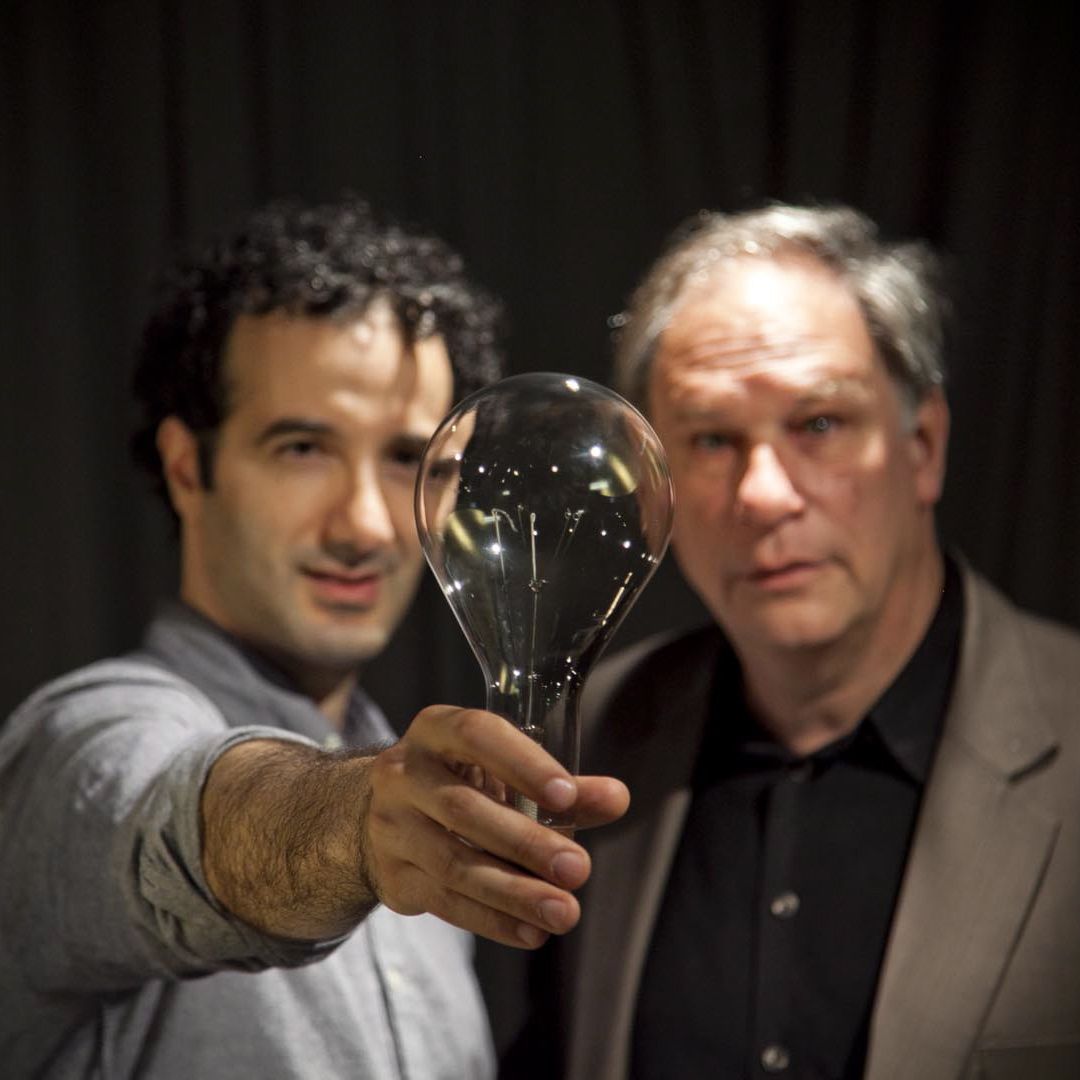
It’s been my observation that the folks who are drawn to outdoor adventure and education also desire to understand more deeply the world in which we play and live. I know that’s the case for me!
Thus, I submit to you, the amazing radio show and podcast Radiolab.
In each episode its hosts, Jad Abumrad and Robert Krulwich, take you on a fascinating journey during which you explore amazing and unexpected topics. In the words of its creators: “Radiolab is a show about curiosity. Where sound illuminates ideas, and the boundaries blur between science, philosophy, and human experience.”
Recent stories include: Kill ’em All, an exploration of the roles of mosquitoes in our ecosystems; An Ice-Cold Case, an examination of the most current data and hypotheses related to Otzi the Ice Man; and Brown Box, an inside look at an internet-shopping fulfillment center.
The content keeps coming, and it’s getting better and better. You can download via iTunes, listen to it on MP3 players and smartphones, or simply stream it online.
Check it out; you won’t be disappointed!
16 Leadership Quotes To Inspire You To Greatness

(Crew of the Endurance, 1915)
At Adventure In, Adventure Out, we’re always looking for new ways to inspire ourselves as well as all the wonderful clients and participants we work with. So, with that in mind, I’d like to share this article from Forbes, 16 Leadership Quotes To Inspire You To Greatness.
And, just for fun, I’m going to pick a quote from this article for each of AIAO’s current core staff members.
For James, our Founder and Director:
“The best leader is the one who has sense enough to pick good [people] to do what he wants done, and the self-restraint to keep from meddling with them while they do it.” -Theodore Roosevelt
For Ben, our Assistant Director:
“If your actions inspire others to dream more, learn more, do more and become more, you are a leader.” – John Quincy Adams
For Pandora, our Director of Staff and Program Development:
“Leadership is the capacity to translate vision into reality.” – Warren Bennis
And for myself:
“To lead people, walk behind them.” – Lao Tzu
Visit one of my favorite websites, Wikiquote, for more leadership quotes.
And be sure to visit our website to learn more about our transformative leadership development programs for both schools and businesses.
It’s that special time of year…
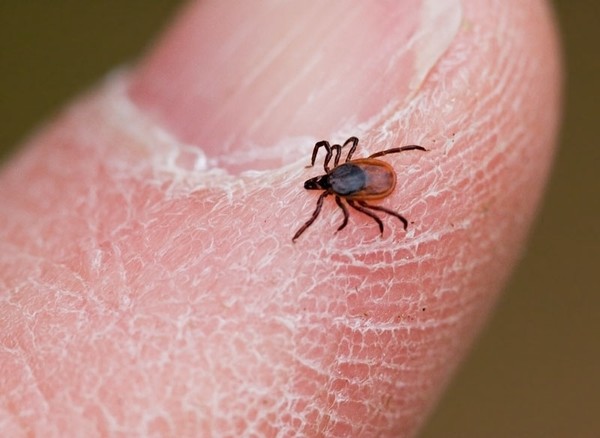
Despite the stormy weather today, spring has arrived, and along with the warm and sunny weather comes some less welcome members of the biotic community: ticks.
While I was up at Noble View in Russell, MA this last weekend with some AIAO staff and other outdoorsy types re-certifying in wilderness first aid, one of my fellow classmates found a tick on her arm. And, just like that, I went from blissful winter mode to vigilant tick-check mode.
You see, I was diagnosed with Lyme Disease a couple of years ago, and I can tell you from first hand experience that it’s no fun. And Lyme is not the only tick-borne illness to be concerned about; there are many others.
This is my reminder to you: it’s time to reinstate our regular warm weather precautions to prevent tick bites. Light colored clothing, long pants and shirt sleeves, tucking pants into long socks, using various bug repellants, avoiding tall grasses, and tick-checks are all good things to consider. But education trumps them all.
Check out the Centers for Disease Control and Prevention (CDC) tick information page
The University of Massachusetts also offers, for a fee, ttick-pathogentesting. You can visit their website for more information. You can also visit the CDC’s site for more information on the efficacy of these tests.
Gratuitous infographics:
Trip Report: Mt. Washington
Last week Ben and I had a blast up in the Presidentials/Whites; it was our second go at Mt. Washington in the winter.
We headed up Thursday night, camped out, and then set out from Pinkham Notch early the next day. Our route was the Lion’s Head Winter Route, one of the most technical routes up Washington, and it deserves its reputation.
While we made the safer choice to head back just shy of the summit due to time and energy, we had amazing views from the Lion’s Head.
Here are some of Ben’s photos:
U.K. Professor Sees Changes Coming to Expedition Industry
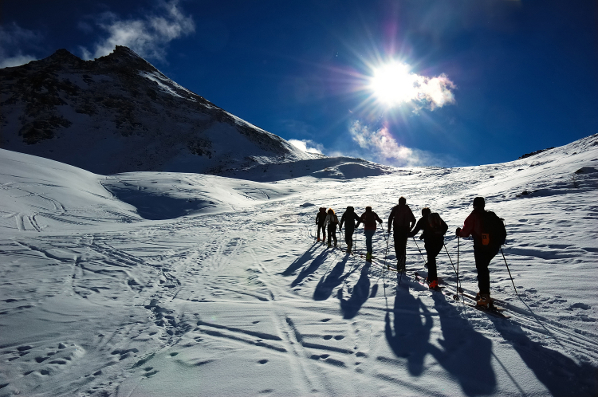
Many folks in the outdoor and environmental education fields can relate to Mark Hickman: “As a young man, I wanted to be the guy [professionally] climbing the mountains and running the river.” Of course, it’s not quite that easy, and we’ve all had to invest time, train, and pay our dues.
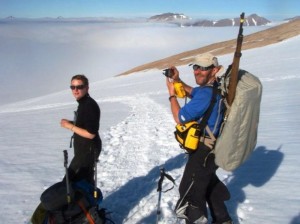
Hickman (right), in the field.
Starting off with the modest position of cook, Hickman worked his way through the ranks for over 30 years to become an instructor of adventure sports coaching and outdoor leadership skills at the University of Central Lancashire in the United Kingdom. And, his years of experience have led to some intriguing conclusions, particularly regarding the direction of outdoor education and expeditions:
“Following World War II, expeditions focused on a militaristic attitude of building the participants’ character — making them more resilient in the face of challenges. More recently, that has changed to a focus on personal development based around environmentalism, Hickman said. But he predicts a change in the next decade as the business focuses more on the outdoors as a resource for public health for an aging and more obese population, as well as for relief from increasing social isolation and depression.”
According to Hickman, “If we could change people’s perspectives and make a small impact on physical and mental health, it would be a reinvention of the outdoors.”
Many are witnessing shifts within outdoor education, in both people’s interests as well as the types of programs clients and participants are seeking. Hickman offers some food for thought, and I’ll be interested to see how the field evolves from here.
Visit the Billings Gazette for Brett French’s full article, and visit Adventure In, Adventure Out’s website for our full listing of adventure, expedition, and team-building programs.
What the Robin Knows
Our woods are waking up from their winter sleep, and birds are moving about in greater numbers, and even returning from warmer latitudes down south. As this happens, my ears are filled with the songs and conversations of these keenly observant creatures: what can I learn from them?
In this short video Jon Young introduces us to the concept of bird language, a form of auditory tracking and situational/landscape awareness.
A blue jay sounds an alarm several hundred yards away: the brush is thick, but now I know they’ve identified a threat.
Numerous birds are singing away: with no threats or territorial disputes to negotiate they let their guard down and chirp away. What sounds do you hear, and what are they telling you?
 Adventure In Adventure Out
Adventure In Adventure Out
